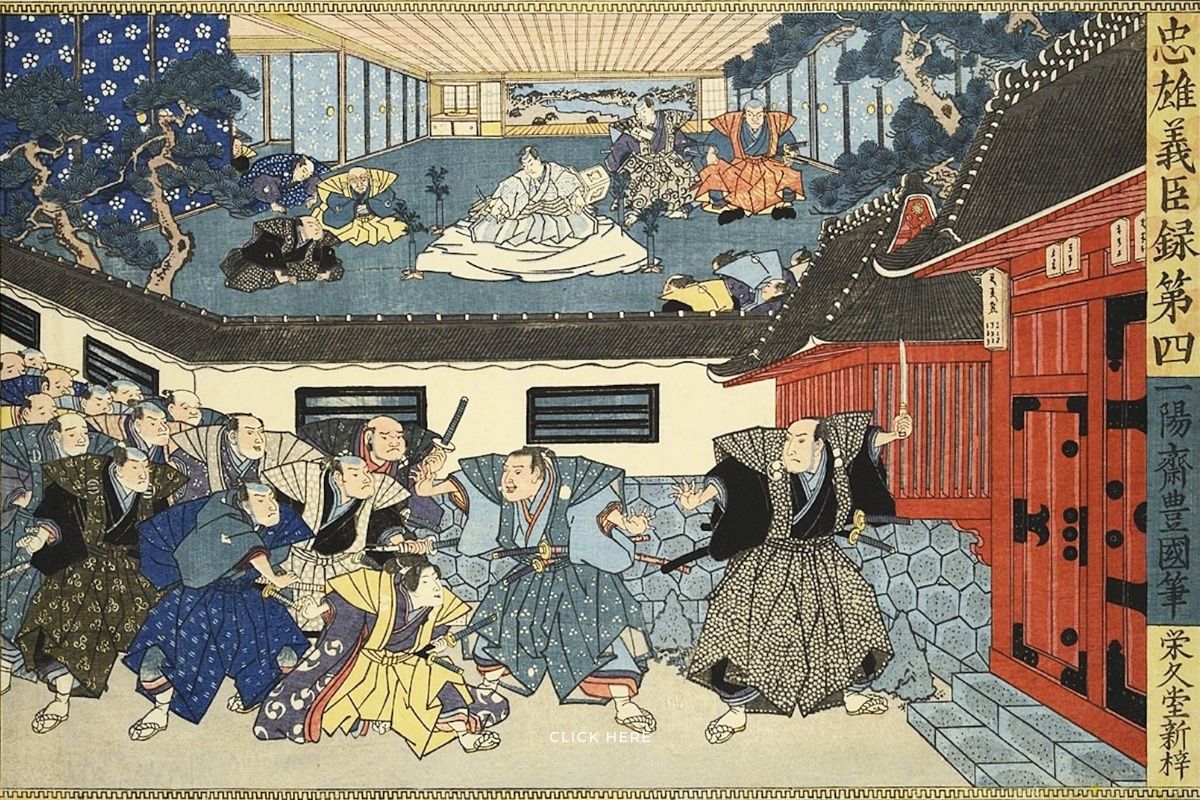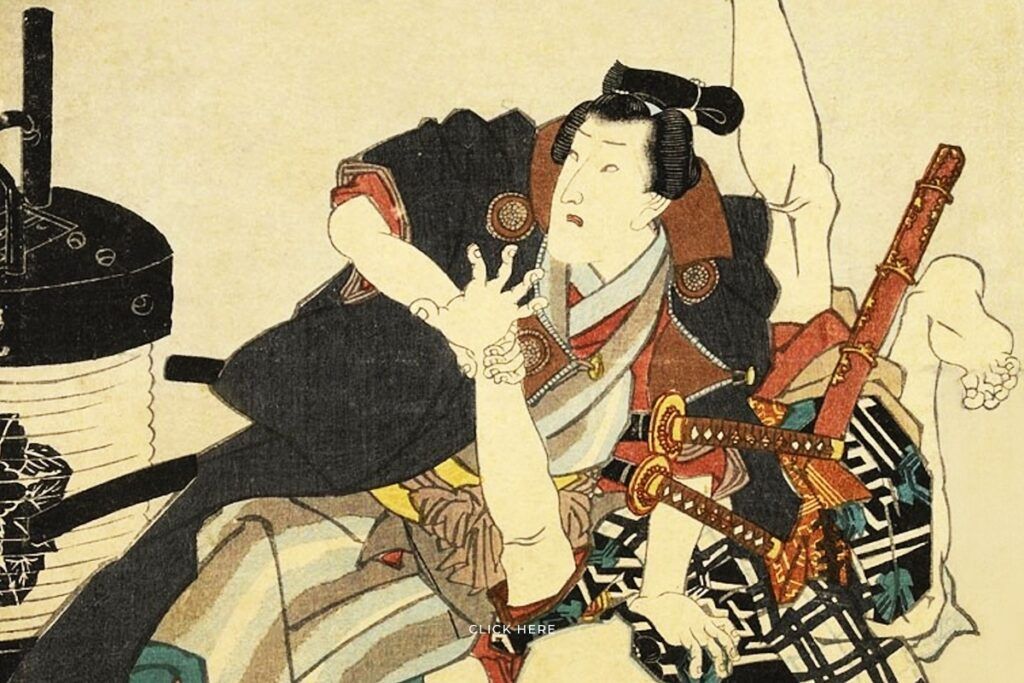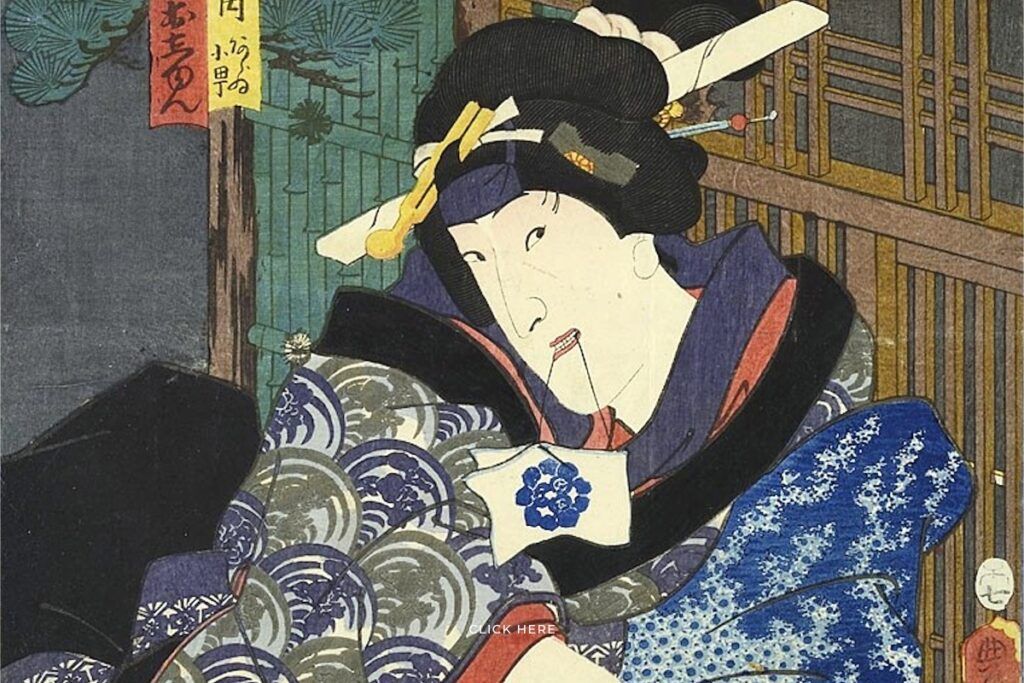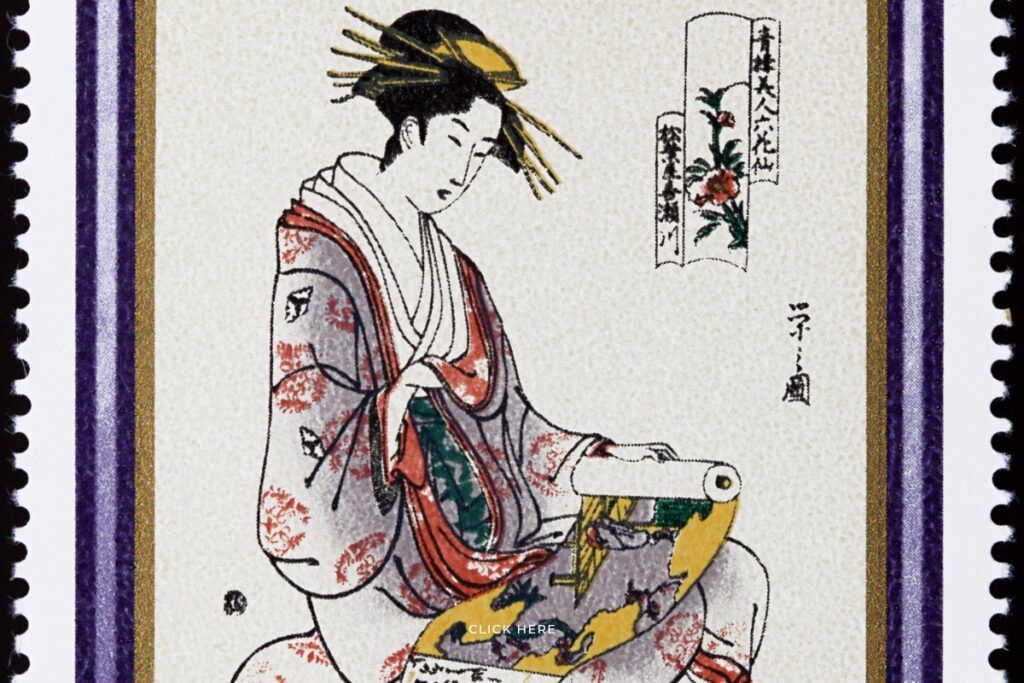Store
1 Hippodrome Square 1 Thessaloniki, 546 21, Greece
Contact
(+30) 2311304188
(+30) 6944637850
hello@mo-mo.gr

The kimono, this distinctive and refined Japanese garment, is much more than just clothing. It is a disarmingly beautiful symbol of Japanese tradition, deeply ingrained in their cultural aesthetics and history. From its first appearance to its modern incarnation, the kimono carries a rich and significant heritage.

The history of the kimono dates back to ancient times. The earliest indications of the kimono can be traced to the 8th century during the Heian period. During this time, kimonos were used as everyday clothing by both men and women. However, among palace and aristocratic ladies, the kimono had evolved into a work of art and a symbol of social status. The fabrics, patterns, and colors reflected one's status and social role.

During the Edo Period (1603-1868), the kimono continued to evolve. It became the official attire for the population and played a central role in social events. The Edo Period was a time of peace and stability, and the cultural and social developments were reflected in the design and construction of kimonos.

During the Meiji era (1868-1912), Japan laid the foundations of its modern state and culture. The kimono began to face competition from Western clothing and fashion. However, many people continued to preserve traditional attire, especially on special occasions.

In contemporary Japan, the kimono is often worn on special occasions such as weddings, ceremonies, and festivals. However, designers continue to add a modern touch to the design by incorporating new materials and patterns.
Kimono, then, remains alive in the heart of Japanese culture. From ancient times to the present day, it has been a blend between tradition and innovation, expressing the aesthetics, social status and evolution of Japanese culture.
see some kimonos here.
read more about the Edo period here.